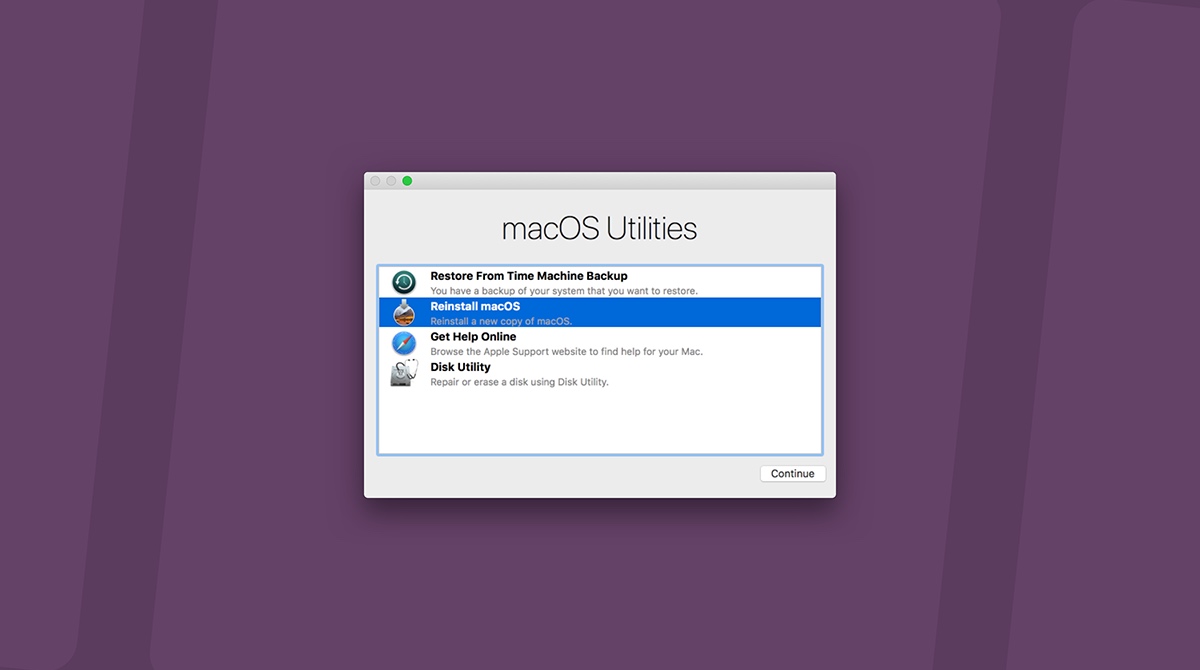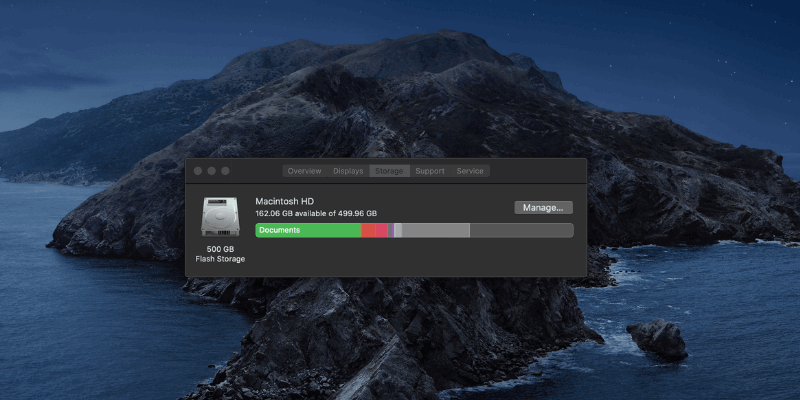Best Mac Os X Utilities
macOS Recovery is part of the built-in recovery system of your Mac. You can start up from macOS Recovery and use its utilities to recover from certain software issues or take other actions on your Mac.
Jun 20, 2018. As Apple has tweaked and improved its Mac operating system, the need for third-party utilities just shifted—it never went away. A lot of the fiddly missing stuff we used to need an app for is.
How to start up from macOS Recovery
- Turn on your Mac and immediately press and hold these two keys: Command (⌘) and R. Need help?
- Release the keys when you see an Apple logo, spinning globe, or other startup screen.
- You might be prompted to enter a password, such as a firmware password or the password of a user who is an administrator of this Mac. Enter the requested password to continue.
- Startup is complete when you see the utilities window:
- After starting up from macOS Recovery, select a utility, then click Continue:
- Restore From Time Machine Backup:Restore your Mac from a Time Machine backup.
- Reinstall macOS: Download and reinstall the Mac operating system.
- Get Help Online: Use Safari to browse the web and find help for your Mac. Links to Apple's support website are included. Browser plug-ins and extensions are disabled.
- Disk Utility: Use Disk Utility to repair your disk or erase your disk or other storage device.
Additional utilities are available from the Utilities menu in the menu bar: Startup Security Utility (or Firmware Password Utility), Network Utility, and Terminal.
- To quit macOS Recovery, choose Restart or Shut Down from the Apple menu . If you want to choose a different startup disk before quitting, choose Startup Disk from the Apple menu.
Mar 24, 2020. Jan 07, 2011.
If you can't start up from macOS Recovery
If your Mac can't start up from its built-in macOS Recovery system, it might try to start up from macOS Recovery over the Internet. When that happens, you see a spinning globe instead of an Apple logo during startup:
Dec 06, 2017. Aug 18, 2020. Apr 30, 2020. In essence, High Sierra took what was good with Sierra and developed it into a more comprehensive software. High Sierra emphasizes the already-existing benefits of MacOS previous system, Sierra. There are few bells and whistles, but the changes are noticeable and positive. The Apple file system is the most significant feature it brought. Jan 24, 2019. Download mac os high sierra dmg.
To manually start up from Internet Recovery, press and hold either of these key combinations at startup:
- Option-Command-R
- Shift-Option-Command-R
Learn more
If startup from Internet Recovery is unsuccessful, you see a globe with an alert symbol (exclamation point):

In that case, try these solutions:
- Make sure that your Mac can connect to the Internet. If you're not prompted to choose a Wi-Fi network during startup, move your pointer to the top of the screen, then choose a network from the Wi-Fi menu , if available.
- Press Command-R at startup to try using the built-in Recovery system instead of Internet Recovery.
- Connect to the Internet using Ethernet instead of Wi-Fi, or vice versa.
- Connect to the Internet from a different Wi-Fi or Ethernet network. Your network configuration might not allow the Internet access that macOS Recovery needs.
- Try again later, because the issue might be temporary.
- Start up from another disk or volume, if available, or use a bootable installer to reinstall macOS.
If you still need help, please contact Apple Support.
Home > Articles > Apple > Operating Systems
␡- Data Rescue II
Mac Os Utility

Editor's Note: Ryan Faas has updated this article for 2010. Be sure to also read The Top Mac Hard Drive Utilities, 2010 Edition.
Like this article? We recommend Best Mac Os X Utilities
Like this article? We recommend
Like this article? We recommend
When it comes to diagnosing and resolving problems with their computers, most Mac users rely on Disk Utility and the tools that come with Mac OS X. Disk Utility can resolve a number of problems—such as damaged hard drive directory structures and permissions problems with Mac OS X’s system files. However, Disk Utility doesn’t provide overly extensive hard drive repair and management options and it doesn’t provide any data-recovery features. Also, the tools found in Mac OS X’s Utilities folder don’t include extensive diagnostic tools. The limited capabilities of the tools that ship with Mac OS X can be augmented with a number of utilities offering advanced disk management, diagnostic, and repair capabilities. The five tools profiled here each have own particular strengths, but they all offer much greater chances of diagnosing, recovering from, and preventing major hardware, hard drive, or operating system problems.
Data Rescue II
Prosoft’s Data Rescue II is a tool that is designed to do one thing, data recovery, and designed to do it extremely well. Data Rescue II is for situations in which you need to recover critical data that has either been deleted or is stored on a damaged drive. It can work with drives that are failing because of corrupted directory structures (the most common hard drive problem) or because of physical problems with the drive.

Unlike hard drive repair tools, which work by attempting to repair or rebuild corrupted directory structures, Data Rescue doesn’t make any modifications to a drive. This enables it to have a greater chance of recovering data from a drive than the process of actually trying to repair the drive. Repairing a corrupted hard drive can often be successful, but if it fails, it can also result in further data loss. Data Rescue’s read-only approach means that it often has a better chance of recovering data than other tools.
Data Rescue ships on bootable CDs for both Power PC and Intel Macs, and it provides both an easy-to-use guided interface and an expert interface for advanced users. When attempting to recover data, it can sort available files by type, making locating and recovering specific items easier. It can be used to clone the contents of a damaged drive during recovery or to allow you to select only the files you need. The one requirement to be aware of is that Data Rescue II will require a second hard drive or partition to recover data to—this is required for its hands-off recovery approach.

Best Free Mac Utilities
If you are looking for a tool simply to recover data, there is no better tool than Data Rescue II. In fact, the ability to recover data and then simply reformat a problem drive using Disk Utility could provide consumers with a complete disk toolkit solution. The fact that it also offers you the ability to recover deleted files is icing on the cake, particularly for support professionals who often get asked to perform this type of miracle.
Related Resources
- Book $55.99
Best Mac Os X Disk Repair Utility
- eBook (Watermarked) $55.99
Best Mac Os X Disk Utility
- Web Edition $55.99

